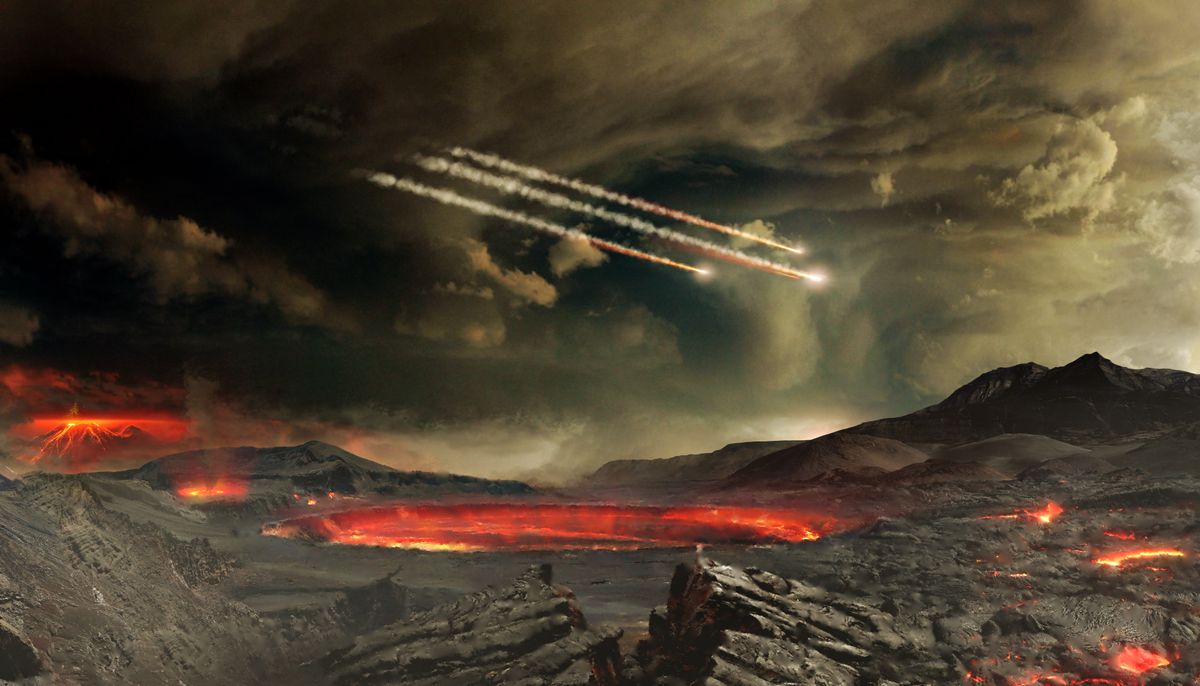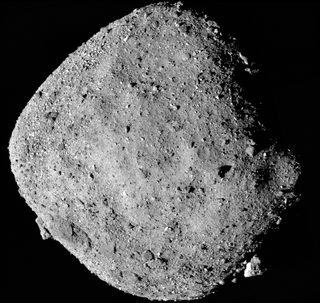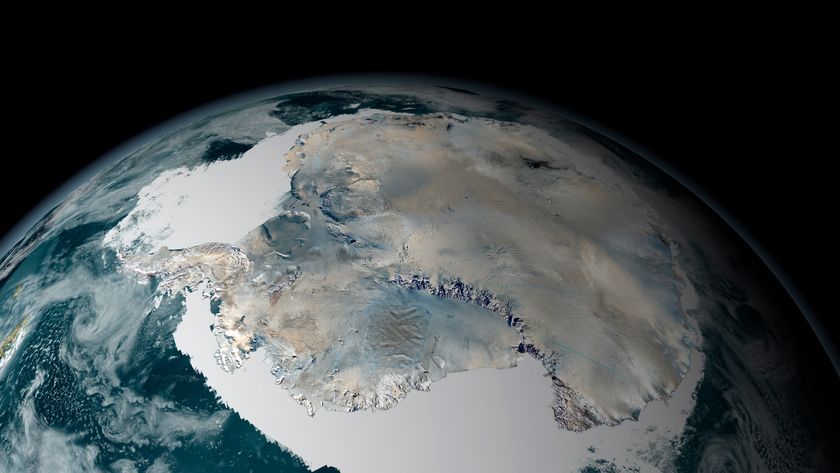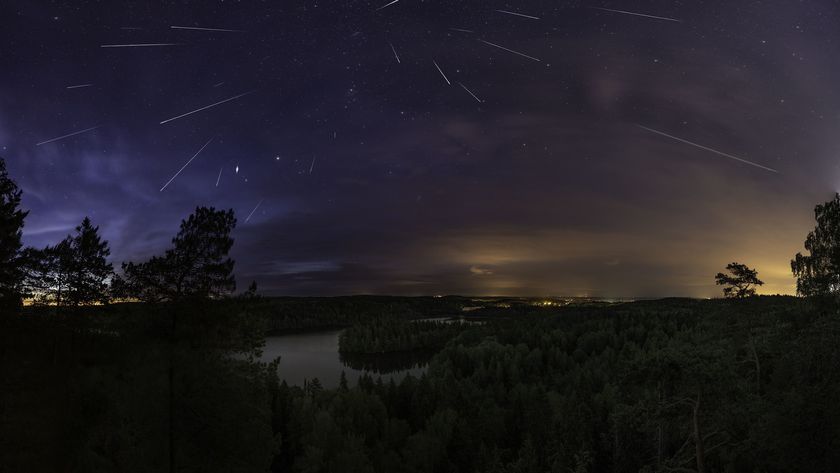Your RNA May Have Come from Space, Meteor Study Suggests
The discovery of ribose sugar in ancient meteorites just made space rocks a little sweeter.

A new study suggests that when some ancient meteorites crash-land on Earth, they bring a dash of extraterrestrial sugar with them.
To be clear, this is not table sugar (sadly, scientists still have no insight into whether aliens prefer their coffee black or sweetened). Rather, in the powdered samples of two ancient, carbon-filled meteorites, astronomers have found traces of several sugars that are key to life — including ribose, the sugary base of RNA (ribonucleic acid).
According to lead study author Yoshihiro Furukawa, this is the first time that these bioessential sugars have been detected in meteorites. The find gives fresh fuel to the idea that the essential building blocks of life on Earth were forged in space, before crash-landing on our young planet billions of years ago, Furukawa said.
"Other important building blocks of life have been found in meteorites previously, including amino acids (components of proteins) and nucleobases (components of DNA and RNA), but sugars have been a missing piece," Furukawa, an associate professor at Tohoku University in Japan, said in a statement.
In the new study, Furukawa and his colleagues analyzed powder collected from two ancient meteorites: the Murchison meteorite, which fell near Murchison, Australia, in 1969, and meteorite NWA 801, which was discovered in Morocco in 2001. Both space rocks are believed to be older than Earth itself (more than 4.5 billion years old) and have been shown in previous studies to carry organic matter, including amino acids.

The researchers analyzed the meteorite samples using gas chromatography mass spectrometry, which allows scientists to categorize molecules by their mass and electric charge. The team found small amounts of ribose in both meteorites — up to 11 parts per billion in NWA 801 and up to 180 parts per billion in Murchison — plus trace amounts of other sugars, including xylose and arabinose.
Ribose is a crucial component of RNA, a versatile molecule carried by all known life-forms. RNA is perhaps best known as a master messenger, responsible for copying the genetic information stored in DNA and delivering that data to the cellular structures responsible for making the proteins that humans and other organisms need to survive. Other types of RNA actively aid in protein synthesis by moving amino acids around the cell, while still other types play a role in gene expression or in igniting or speeding up chemical reactions.
Sign up for the Live Science daily newsletter now
Get the world’s most fascinating discoveries delivered straight to your inbox.
RNA is, in a word, essential — and some researchers suspect that it was the first molecule to carry genetic information in Earth’s earliest lifeforms, well before DNA and proteins became commonplace. Now that ribose has been detected in two 4.5-billion-year-old meteorites (but 2-deoxyribose, the primary sugar in DNA, has not), scientists can make a stronger case that sugar from space bombarded early Earth and helped life take shape.
"This is important since there could have been a delivery bias of extraterrestrial ribose to the early Earth, which is consistent with the hypothesis that RNA evolved first," study co-author Danny Glavin, of NASA's Goddard Center for Astrobiology, said in the statement. In other words, meteorites may have delivered more ribose to early Earth than deoxyribose, which may explain why RNA appeared before other genetic molecules.
Scientists will soon have another chance to skim the sugar off of some ancient space rocks, when Japan's Hayabusa2 and NASA's OSIRIS-Rex spacecraft return samples of the asteroids Bennu and Ryugu to Earth. These asteroids, which have never come in contact with Earth and are between a few hundred million and a billion years old each, could help scientists prove which types of molecules truly originate off of our planet and which showed up only after the sugar was served.
The study was published Nov. 18 in the journal Proceedings of the National Academy of Sciences.
- The 12 Strangest Objects in the Universe
- 15 Unforgettable Images of Stars
- 9 Strange Excuses for Why We Haven't Met Aliens Yet
Originally published on Live Science.

Brandon is the space/physics editor at Live Science. His writing has appeared in The Washington Post, Reader's Digest, CBS.com, the Richard Dawkins Foundation website and other outlets. He holds a bachelor's degree in creative writing from the University of Arizona, with minors in journalism and media arts. He enjoys writing most about space, geoscience and the mysteries of the universe.











